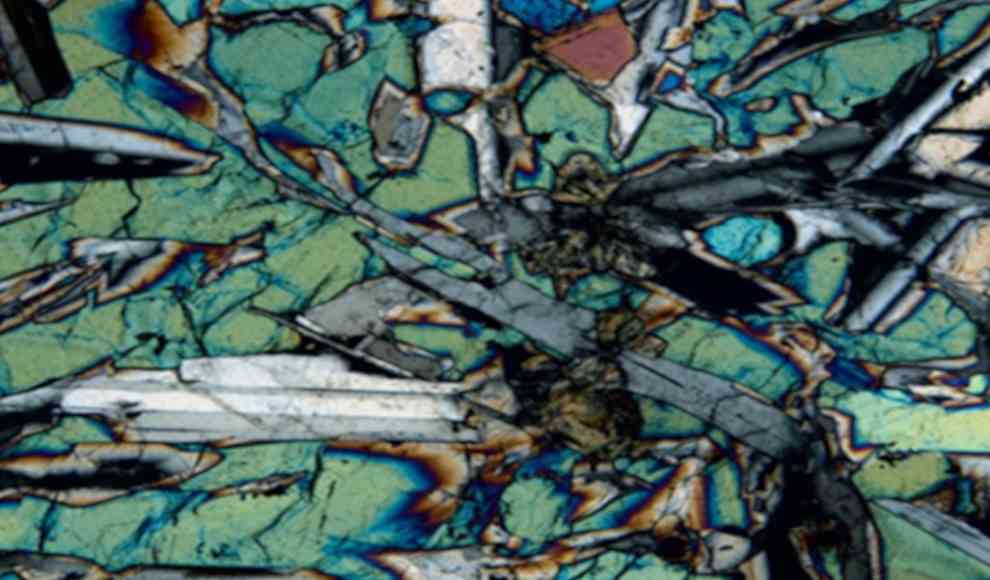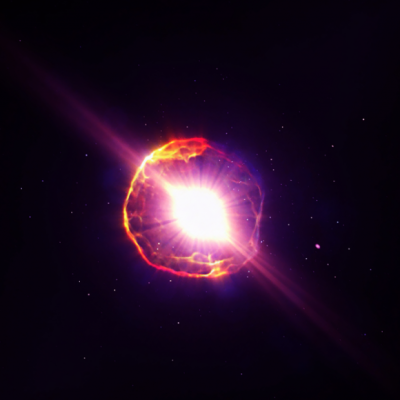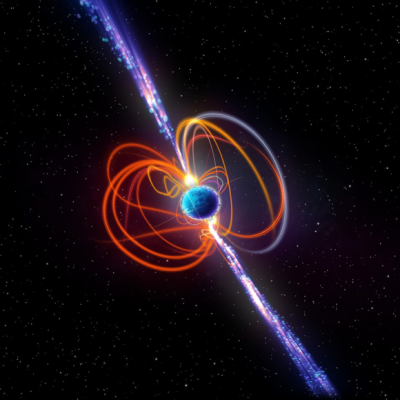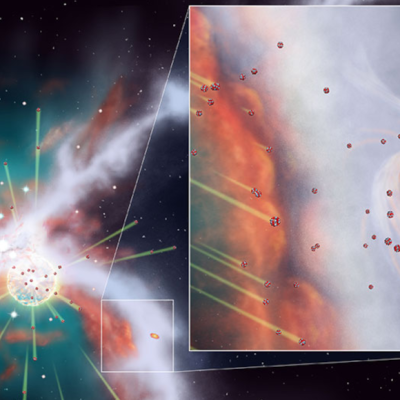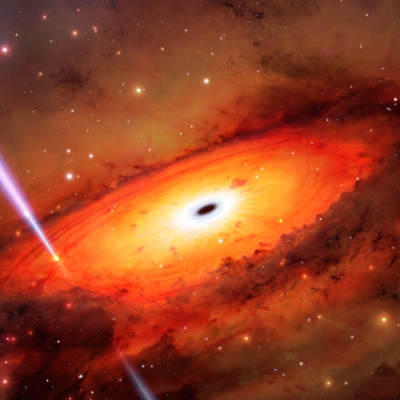A recent study conducted by scientists from the Australian National University in Canberra and the Helmholtz-Zentrum Dresden-Rossendorf (HZDR) has found evidence that plutonium on Earth originated from cosmic events. The study analyzed a drill sample of the Earth’s crust under the Pacific Ocean for traces of novae, which are believed to be the source of plutonium. The researchers focused on the content of iron and plutonium isotopes in the rock, with a particular emphasis on the long-lived radioactive isotope iron-60 (Fe-60). They found that the Fe-60 found in the drill cores was a clear indication of a supernova near Earth.
Plutonium, uranium, and other heavy elements are created through the r-process, where atomic nuclei quickly capture neutrons. This process only occurs under extreme conditions, with a high density of neutrons and very high temperatures. The research has not yet fully determined whether a supernova explosion is sufficient for the r-process or whether it requires the merging of two neutron stars in a kilonova. Plutonium is a radioactive element that decays very slowly, so the current traces of the metal cannot have been present in the Earth’s crust since its formation billions of years ago.
The study found that the Fe-60 in the drill cores was accompanied by a lower amount of Pu-244, another isotope that is also formed in the r-process. This suggests that both isotopes were likely formed in the same supernova. While Pu-244 is present in very small amounts, the researchers believe that the merging of neutron stars is the main source of elements like plutonium. This study is the first to find such clear evidence of cosmic events in geological archives on Earth.


